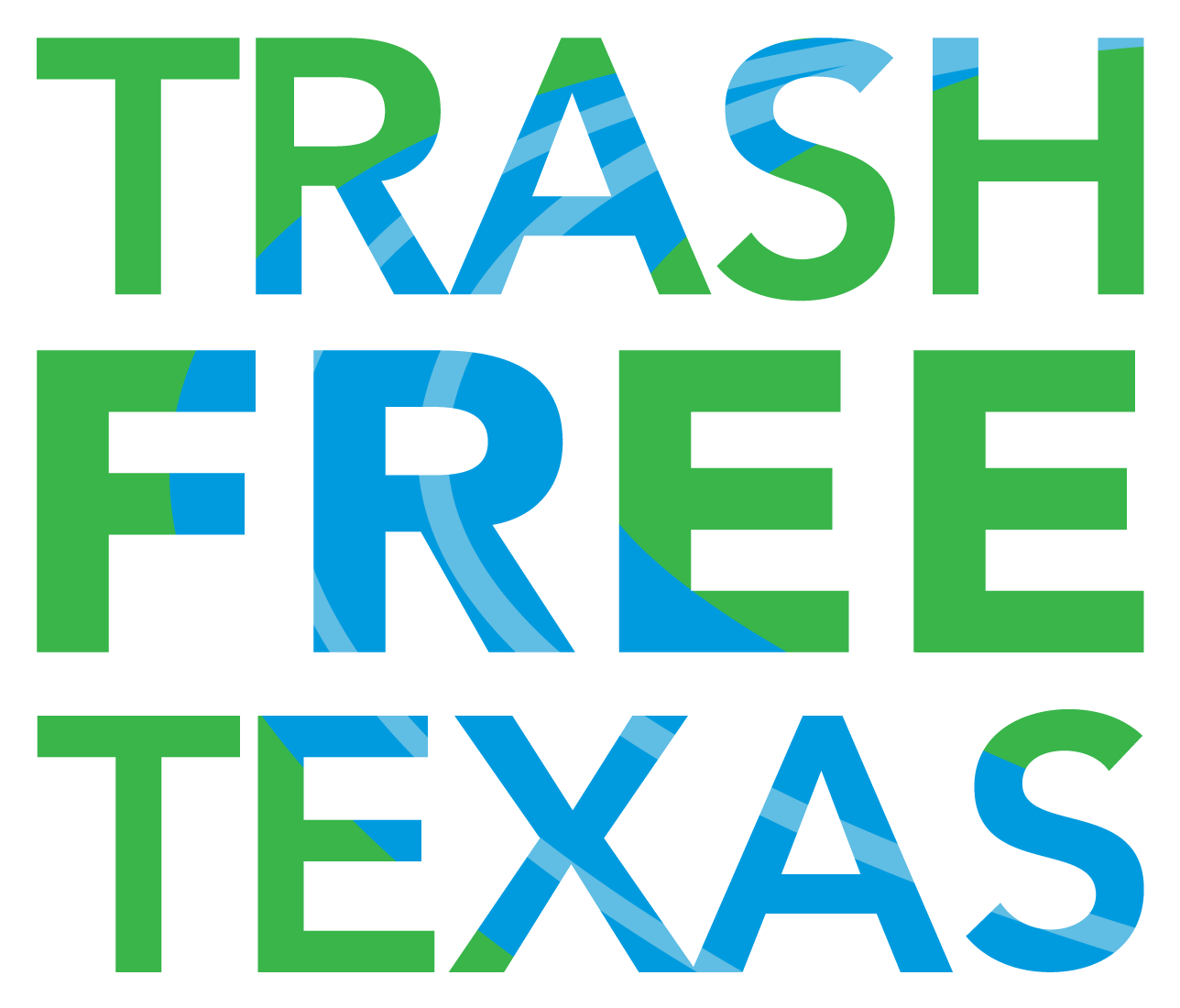Daily Differences
Although picking up trash is a positive impact to waterways, wildlife, the ocean and much more, being environmentally conscious can start at home. Below are just a few ways to be eco-conscious in our everyday lives.
AROUND THE HOUSE
CFL LIGHT's connection to mercury
These CFL light bulbs help us save money and help with the environment by being more energy-efficient The reduce the amount of coal, crude oil and fossil fuels that are burned. However, if not disposed properly these energy-efficient light bulbs can release mercury into the environment. Mercury can affect animal, marine and human life when consumed.
(FOG) FATs, oil and grease
FOG is usually found in:
meats
cooking oils
shortening
butter
margarine
baked goods
sauces
dairy products
FOG can drain into our waterways, threatening our water. On top of that, several millions of taxpayer dollars are lost to replace damages cause by FOG each year. Learning how to properly dispose of FOG can greatly help benefit everyone. Many cities have designated locations to dispose of household hazardous waste, and some will even offer a free pickup from your house for larger collections. If you live in the Upper Trinity River Basin, click here to find resources in your region.
Other items besides FOG such as paper towels and feminine hygiene products designed not to break down in water and can clump together and clog your drains.
Green Household Cleaners
(Homemade CLEANEr RECIPES LINKED BELOW)
Many household cleaners are made of harsh chemicals which can be bad for the environment as well as our own health. Switching to greener cleaning methods can help reduce pollution from our waterways and the air, minimizing our impact on ozone depletion and global climate change.
Try green cleaners next time you are shopping for cleaning products. There are websites that provide great green household cleaner recipes for a cleaner environment.
The city of McKinney teaches parents and students about the importance of reducing waste and reusing products when preparing lunches for school.
The city of Plano addresses environmental issues when building green, such as alternative building materials, waste reductions, and reusing materials.
IN THE GARDEN/YARD
Gardening and Landscaping
There are several green landscaping and gardening resources Texas A&M's AgriLife Extension put together which focus on water conservation, energy conservation, minimizing the use of fertilizer and pesticides, and reduction of yard waste.
To get the most out of your vegetable and flower gardens, following planting and home landscaping guides. This planting guide provided shares tips on how to plant over 200 native plants, from the process on getting the garden beds ready, seeding, spacing, and specific details on how to take care of each plant. Make sure to keep from planting and growing invasive plants that are infesting and damaging to gardens and beyond.
Out and About
Preventing Aquatic Hitchhikers
Invasive species Zebra Mussel's microscopic larvae can't be seen with the naked eye.
Species not native to Texas can completely push out native plants and animals for living space and food. These are what we call invasive species. It can be very easy to accidentally introduce a species to a place it does not belong, like these zebra mussel.
Zebra mussels have invaded several Texas lakes. They can be transferred accidentally in a bilge or live well. Texas law requires boats in fresh waters to drain all water from it, and remove all visible plants and animals.
Owners of boats with marine sanitation devices (MSD) and owners of pump out stations can see Clean Water Certification Program for Boat Sewage for more ways to protect and improve water quality in Texas.
Littering and Cigarette Butts
Cigarette butts remain the most littered item in the US. These cigarette butts can end up in our storm drains and waterways. In fact, Keep America Beautiful research has uncovered that 32% of litter in storm drains are tobacco products. These cigarette butts can become part of marine debris, which are harmful to marine wildlife.






